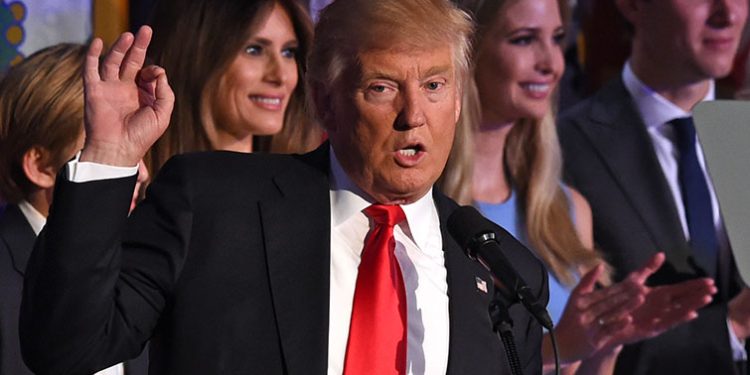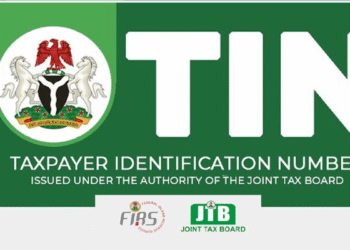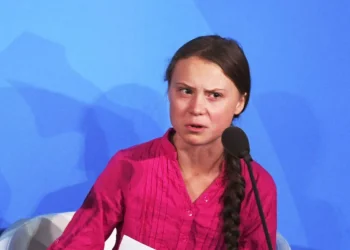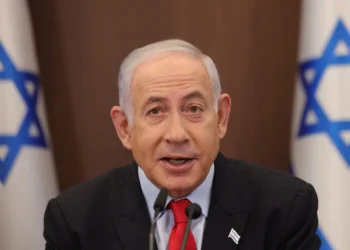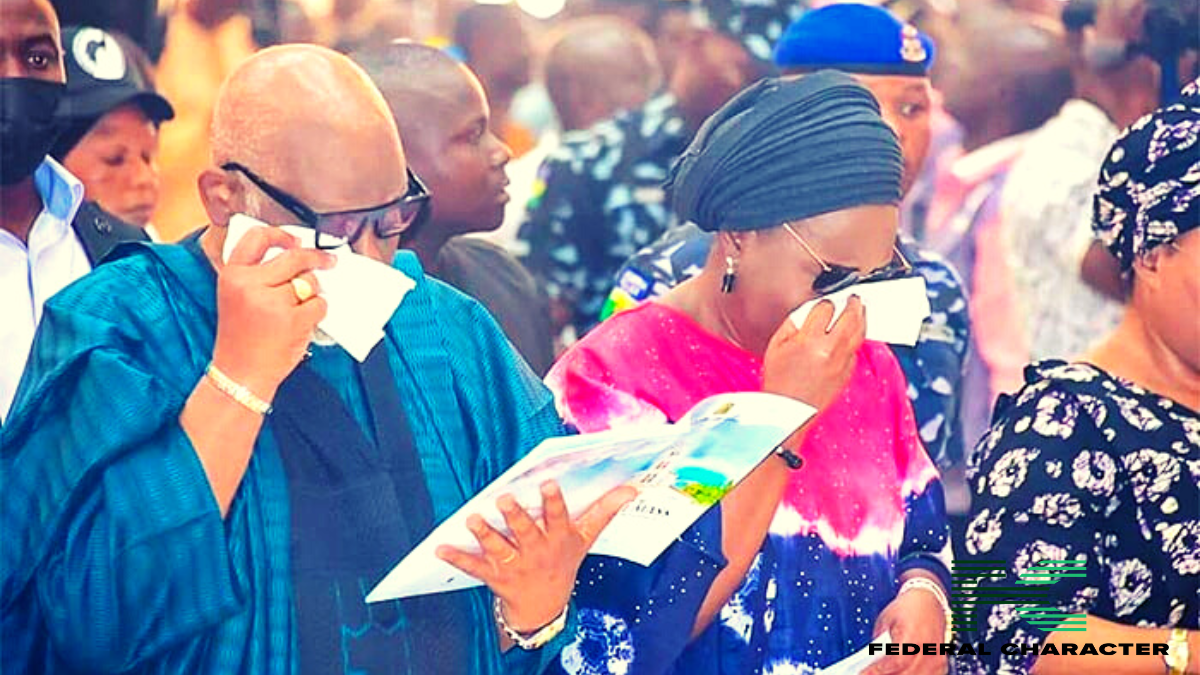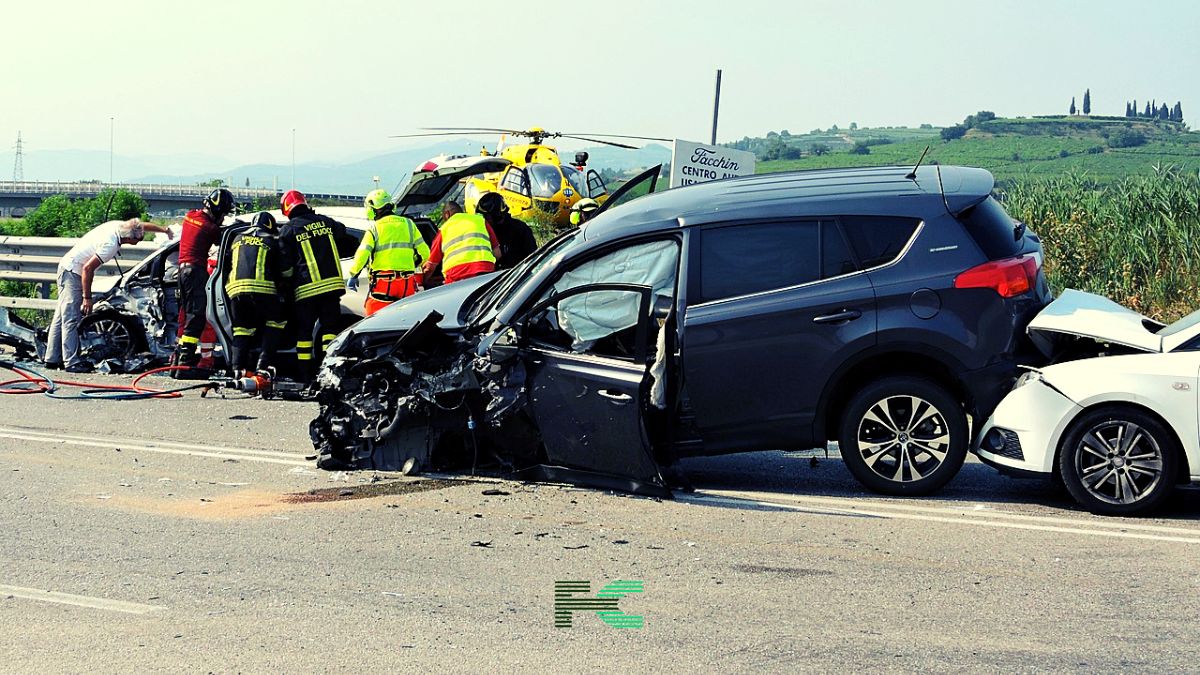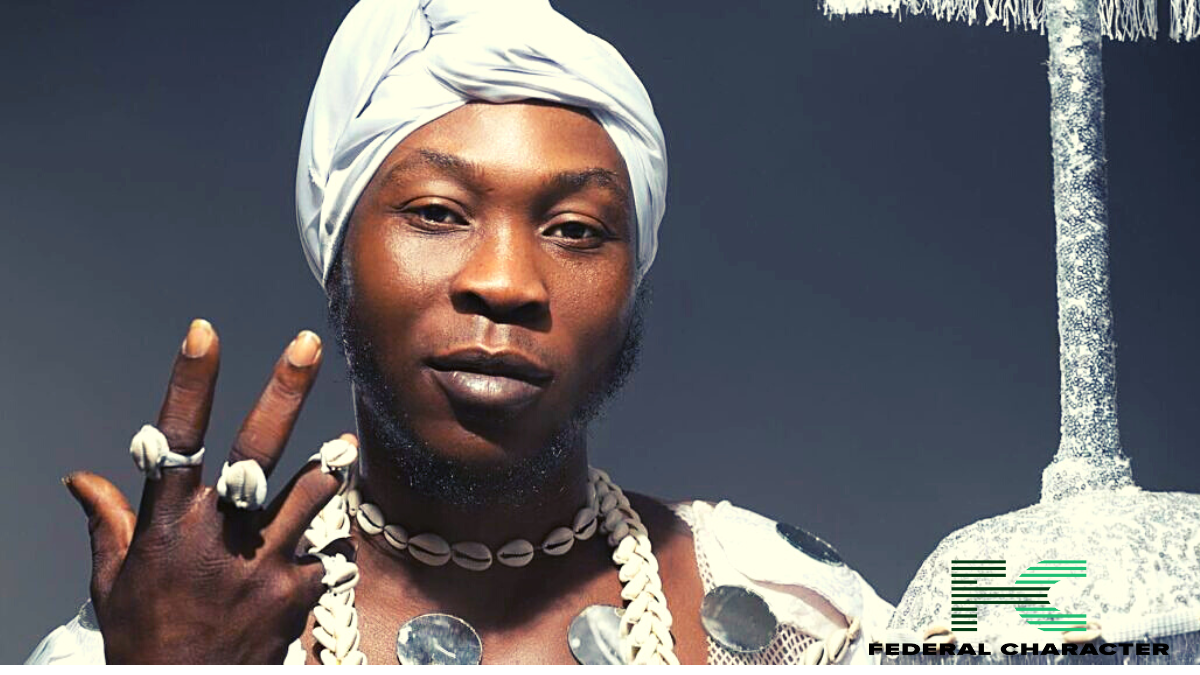Former President Donald Trump declared progress toward a “permanent peace agreement” between Russia and Ukraine following his high-profile Alaska summit with Vladimir Putin, despite failing to secure an immediate ceasefire.
The carefully choreographed meeting at Joint Base Elmendorf-Richardson lasted less than three hours—far shorter than anticipated—and concluded with only vague promises of future negotiations. While Trump touted “great progress” on his Truth Social platform, the summit exposed enduring gaps between Moscow and Kyiv’s positions, particularly regarding territorial concessions and NATO membership.
Putin’s Unchanged Demands Conflict With Ukraine’s Red Lines
The Russian leader reiterated his longstanding conditions for ending the war, emphasizing the need to “eliminate root causes”—a clear reference to demands for Ukrainian withdrawal from Donetsk, Luhansk, Kherson, and Zaporizhzhia regions.

Putin’s eight-minute press statement urged Europeans not to “throw a wrench” into negotiations, while Trump remained uncharacteristically silent before praising their “fantastic relationship.” Notably absent was any discussion of the planned working lunch, signaling the talks’ abrupt conclusion.
Meanwhile, Ukrainian President Volodymyr Zelensky, who spoke with Trump aboard Air Force One, affirmed his willingness to participate in trilateral talks but firmly rejected territorial compromises.
In his words; “Real peace must be lasting, not just another pause between invasions,” while recalling Russia’s 2014 annexation of Crimea. Monday’s scheduled White House meeting marks their first face-to-face discussion since a contentious February encounter, with Zelensky seeking stronger security guarantees and maintained sanctions pressure on Moscow.
Why It Matters
The summit’s carefully staged visuals—including Putin’s red carpet arrival and the leaders’ photo op beside a B2 bomber—contrasted sharply with the lack of concrete outcomes. Observers noted the unusual optics of Trump hosting an ICC-indicted leader on U.S. soil, particularly as Putin’s motorcade departed without the customary joint meal. The truncated timeline raised questions about whether the meeting was ever intended to produce immediate results, or merely serve as a platform for both leaders’ domestic audiences.
The Unresolved Issues: NATO, Tariffs, and “The Most Significant” Sticking Point
Trump hinted at one major unresolved issue without elaboration, while deflecting questions about his threatened 100% secondary tariffs on Russia’s trade partners. “Maybe in two weeks, three weeks,” he told Fox News when pressed on the economic ultimatum. European leaders, including NATO Secretary-General Mark Rutte and UK Prime Minister Keir Starmer, joined post-summit calls stressing collective security commitments—a subtle pushback against potential unilateral U.S. moves.
The Backstory To this Visit
The Alaska encounter followed Trump and Zelensky’s tense reconciliation at Pope Francis’s April funeral, where they reportedly had a “productive” 15-minute discussion. That meeting temporarily eased friction from February’s heated White House exchange, when Trump and VP JD Vance criticized Ukraine’s military strategy.

